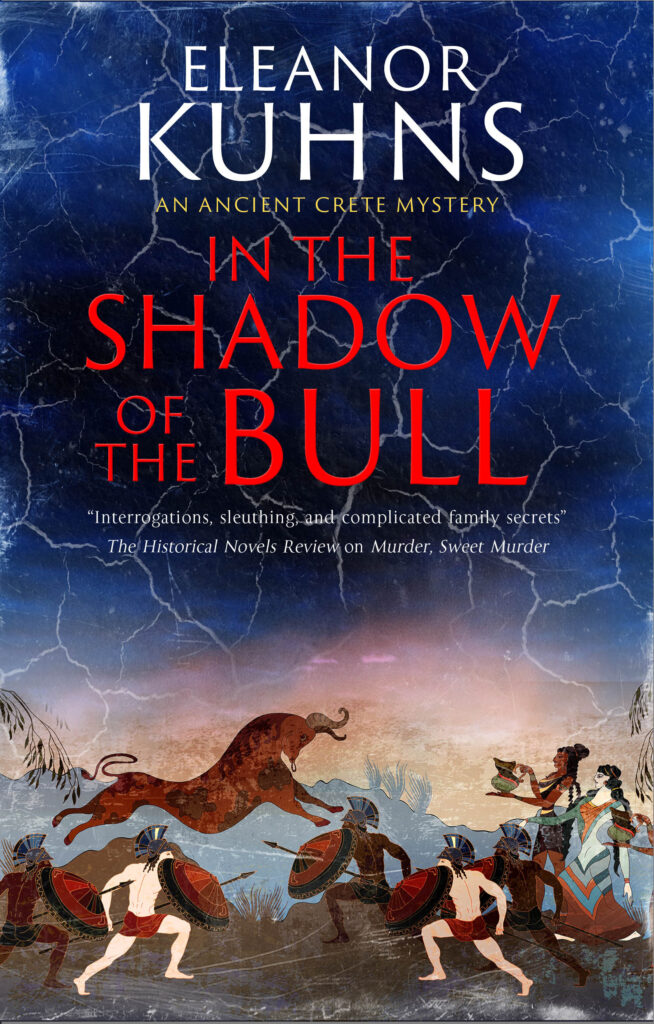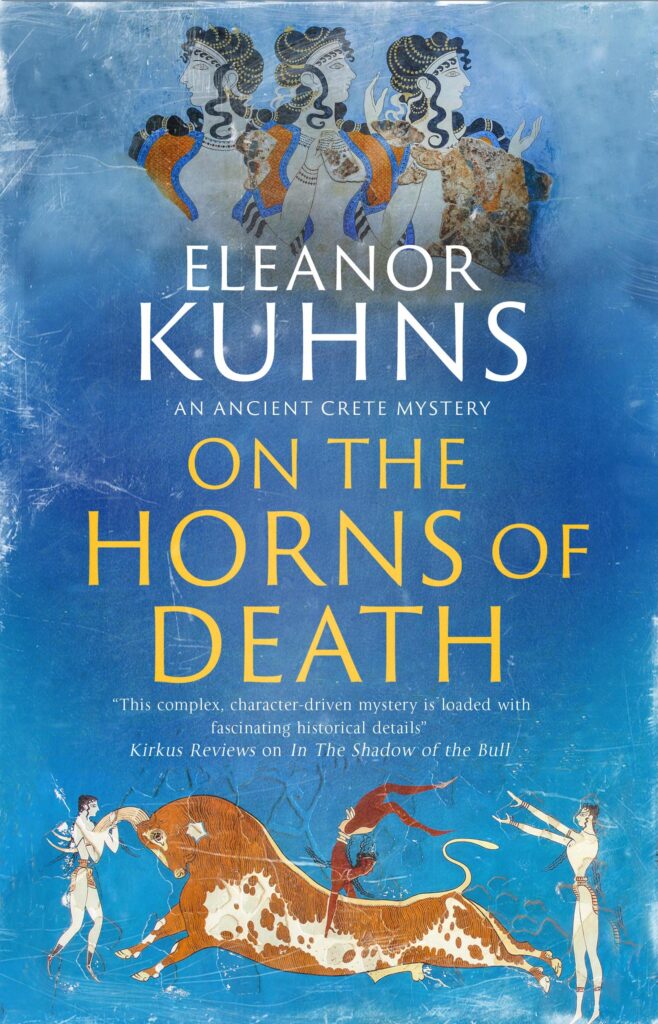Last week I mention the non-profit organization dedicated to reestablishing wild areas in Europe with the species that were driven out or in decline. These species are not only herbivores either but also Lynx and wolves.
One species that is not part of the project but is in serious decline is lions. Once one of the most widespread, now only 600 Asiatic lions remain in a wildlife preserve in India and 23,000 African lions in central Africa.
Like the bull in Bronze Age Crete and the horse for the steppe tribes, the lion was a symbol of power, spirituality, kingship, divinity, and even safety and peace. (The lion-headed goddess Sekhmet represents both war and healing.) India, Mesopotamia and even Mycenae Greece honored the lion with statuary and ritual. Delos, Greece has a sanctuary to a point where Leto gave birth to Apollo and Artemis. To reach it, a supplicant had to pass through the Terrace of the Lions – sixteen snarling lion statues.
So what happened to this magnificent creature? Humans. To prove themselves, kings and others hunted the lions. In Ancient Rome, so many lions were killed in the arenas that they eventually became hard to find, partly from overhunting and partly because the Romans began to lose territory.
This will be my last post of 2023. My best wishes to everyone for a delightful holiday season and a warm and peaceful New Year.


